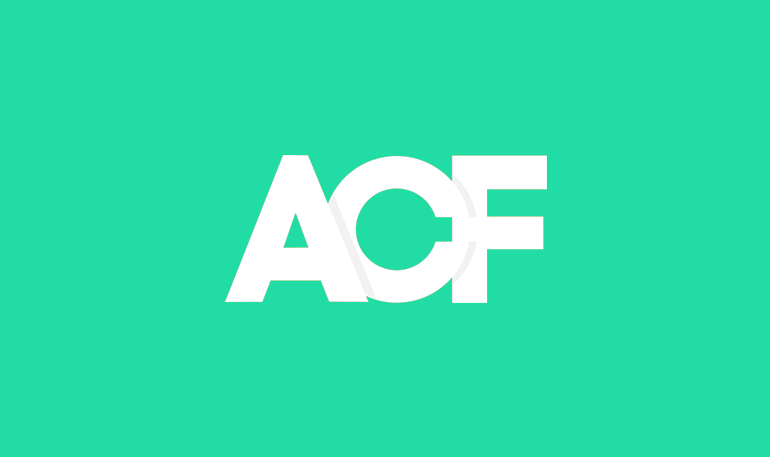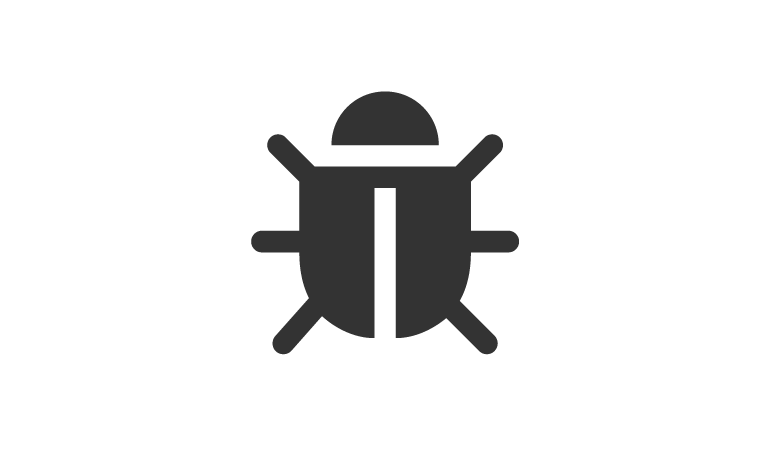
Whilst not every web developer is as socially inept and daylight fearing as some stereotypes would like you to believe, salesmanship and confident pitching skills aren’t always natural bedfellows. So here are a few web design pitch tips, together with the structure we used to secure a recent high profile project.
The Brief / RFP (Request for Proposal)
An invitation to pitch for a web design project should be accompanied by a brief or RFP, which will give you an idea of the client’s current business, their objectives, problems faced and an outline of proposed solutions.
RFD (Request for Discovery)
A client’s brief may make a series of claims about how the site should look and function, including specific functionality requests. Whilst you should have an idea about the complexity of developing any functionality mentioned e.g. a private discussion board area, this may not be the best fit for their website or business goals. Explaining the need for a discovery process, in which such functionality is properly researched and agreed, is better than rushing a sketchy development plan at this early stage. Don’t focus your pitch too much on design concepts and functionality requests.
So much will be learnt from discussions with your client after you (hopefully) secure the contract that it seems crazy to put forward full designs at this stage. Clients have often mentioned really significant bits of information in later discussions, that were never mentioned in the original brief or RFP (Request for Proposal) e.g. our real CTA (Call to Action) is actually x, trademarks / legislation prevents us from x, we don’t want to reveal any prices online etc.
Understanding a client’s needs, pains and frustrations is key to developing a successful website. A large website will often have to meet the needs of several key employees from sales, marketing, ad sales etc. You have been brought in to provide the solutions to their problems and for them to achieve their objectives. A fully formed site proposal will come from subsequent discovery work.
I’m a big fan of the Lean UX cycle of build, measure, learn (learning loop), so if they already have a website or similar functionality in place are you able to test why it isn’t succeeding.
Clients are buying a process, not just a design
Similarly examples of your past work are better than early concept designs. Creating designs at this stage effectively devalue your design work (you’re not yet getting paid by them) and could disrupt the design process later i.e. “we love it” – you learn that the site would be better going in another direction at the discovery stage or “we hate it” – the client questions use of the brand/ typography/ copy/ colour and the pitch starts to run off course.
Use slides to structure your presentation
Whilst you shouldn’t just stand next to the projector and read them out slide for slide, they should help you to frame and structure your pitch. Slides will allow you to cite statistics, testimonials and even to explain acronyms, without your delivery becoming bloated and moving off the point. If you’re accepting questions throughout the presentation, rather than at the end, slides can also help you to stick to your pitch structure. Visuals are also likely a welcome relief for the potential client, rather than looking back at you the entire time. Leave a copy of your presentation with your client.
For a pitch slot of 1 hour;
30 minutes of your time should be spent on the presentation, with 30 minutes allowed for Q and A.
Web design pitch – style
Knowing who is attending the meeting will aid your preparation, influencing the terminology used, level of detail and if particular topics need additional attention. Pitching to a small number of attendees, should allow for a more informal pitch style. I prefer the closer style of a less formal pitch, with questions taken throughout the presentation. Its immediacy should make it easier to pick up on body language and help identify areas of the pitch that may need further clarification.
Your slider structure should be constantly evolving, an engaging Q and A session may lead you to add / remove whole sections for your next client.
Web design pitch – slide structure
This is a pitch structure that I’ve used in the past, again this should be adapted to your client and company strengths.
- Cover slide
- Who we are
- Role, years of experience, locally based, community involvement
- Credibility
- Brands you’ve been involved with
- Case Studies
- Problems, objectives, approach, solutions, outcome
- Testimonials
- Vision
- Site Goals, SEO, Branding, Marketing, SM
- Solutions
- CMS, UX, Discovery phase
- Methodologies
- Lean UX, Agile, Collaboration
- Awards
- Hosting
- Costing
- Support & Aftercare
- Q and A
Web design pitch – tips
Always have a copy of your slides available on a flash drive and email. Cable issues, laptop battery failure, IT security can all disrupt your attempt to deliver the perfect pitch.
Let the business owner know when you’re available to undertake this work, the possible next stages and how long it is likely to take.
If you don’t get the contract try to get some feedback.







